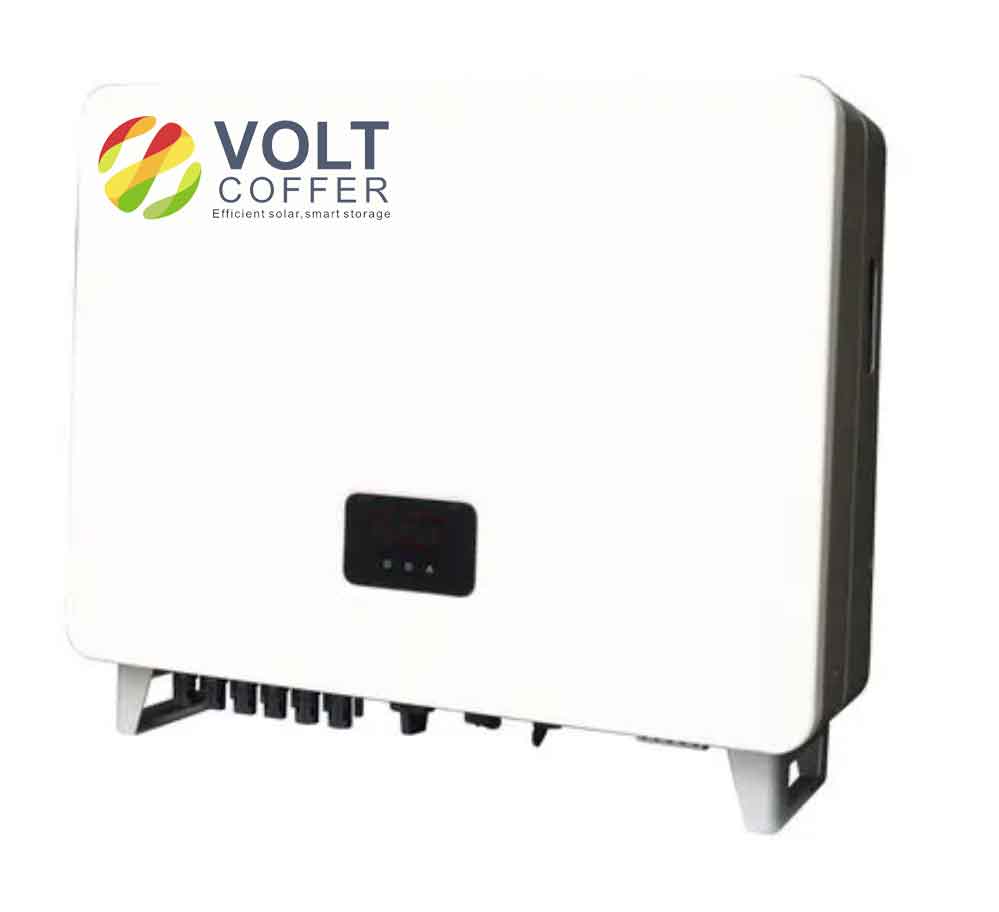Artificial intelligence (AI) plays a transformative role in optimizing the performance of islanding inverter in solar energy systems, enhancing their efficiency, reliability, and integration with the grid. By leveraging AI technologies, these systems can intelligently manage energy production, storage, and distribution, adapting to changes in environmental conditions and grid demand in real-time. Here’s an overview of how AI contributes to optimizing islanding inverter performance:

1. Predictive Maintenance
- Function: AI can analyze data from islanding inverter to predict when maintenance is needed, preventing failures before they occur. This involves monitoring performance metrics and using machine learning algorithms to identify patterns or anomalies that precede equipment failures.
- Benefits: Increases islanding inverter lifespan, reduces downtime, and lowers maintenance costs by servicing equipment only when necessary.
2. Energy Management Optimization
- Function: AI systems can dynamically manage the flow of energy between the solar panels, storage systems, the grid, and the load. By predicting energy production and demand patterns using historical and real-time data, AI optimizes when to store energy, when to use it directly, or when to sell it back to the grid at premium rates.
- Benefits: Maximizes economic returns from energy sales, reduces energy costs, and improves overall system efficiency.
3. Real-Time Adjustments for Grid Stability
- Function: AI enhances the islanding inverter’s ability to perform real-time adjustments to frequency and voltage outputs based on grid conditions. This capability is crucial in scenarios where islanding inverter must disconnect from and reconnect to the grid seamlessly.
- Benefits: Helps maintain grid stability, supports grid resilience, and ensures compliance with grid standards, thus protecting the grid from potential disruptions caused by high penetration of renewable resources.
4. Fault Detection and Diagnostics
- Function: Through continuous monitoring and data analysis, AI can quickly identify and diagnose faults within islanding inverter system, often before they cause a system shutdown or failure.
- Benefits: Enhances reliability and safety, minimizes potential damage to components, and ensures uninterrupted power supply.
5. Enhanced Decision Making for Islanding Operations
- Function: AI algorithms can decide the optimal times to switch between grid-connected and island modes based on various factors including grid status, local energy demand, battery charge levels, and weather conditions.
- Benefits: Optimizes energy usage, ensures energy availability during grid outages, and reduces dependence on the grid.
6. Integration with Smart Grids and Microgrids
- Function: AI enables islanding inverter to intelligently communicate and coordinate with other distributed energy resources (DERs) and smart grid technologies. This coordination is key for effective participation in microgrids and virtual power plants.
- Benefits: Facilitates a more responsive and adaptive energy network, capable of managing localized energy production and consumption efficiently.
7. Advanced Data Analytics for Performance Monitoring
- Function: Using AI-driven analytics, operators can obtain detailed insights into the performance of islanding inverter, identifying trends, efficiencies, and areas for improvement.
- Benefits: Provides actionable insights that can lead to better resource management, informed decision-making, and strategic planning for future expansions or upgrades.
Conclusion
AI significantly enhances the functionality and value of islanding inverter in solar installations by introducing automation, predictive capabilities, and advanced analytics. These advancements not only improve the economic and operational aspects of solar energy systems but also contribute to a more stable and efficient energy grid, accommodating a higher share of renewable energy sources. As AI technology continues to evolve, its integration with islanding inverter is expected to become more profound, driving innovations and efficiencies in renewable energy technologies.
